Follow usPlease click above "德勤Deloitte"↑
As the long term Intellectual Supporting Partner, Deloitte China has put together the pre-conference report – Growth Dynamics for Asia in the Trend of Deglobalizationfor the 2017 Annual Conference, in collaboration with Boao Forum for Asia. This report examines the impact of the Trump administration policies on the global economy and discusses potential responses from major Asian economies. Furthermore, it also reviews the challenges and opportunities facing China in the new phase of globalization.
Topics covered:
2017: A ray of hope amidst uncertainty
The future looks brighter than it did a year ago – yet it is also much more uncertain. On the bright side, the world economy is in much better shape than it was, and this is likely to spill over into world trade. The US economy is also looking much stronger than it has been in a long time, and the surprise election of Donald Trump has had a positive effect on markets there. His stated intention of improving infrastructure in the US has also been received positively. On the other hand, his protectionist remarks have created worries among many countries (not just Mexico and China) .
So what are the likely policy changes in the US? How will they affect Asia's economies which are critically dependent on China's growth?
China 2017: resilience in the face of uncertainty
2017 presents both challenges and opportunities for China as the economy moves from an investment and export oriented model to a consumption and services oriented one. Such a transformation inevitably results in a slower growth rate and this could create a certain financial ''fragility'' in the short term. The good news, however, is that domestic demand has held up even in the face of a slowing economy, which is in itself a consequence of the continued and successful transformation of the Chinese economy into an urbanized, consumer oriented one.
The challenges facing China this year come from politics: the possibility of a rising tide of protectionism sweeping over the world, trade friction with the US, and possible black swan events such as the imminent French elections, are some examples. The reality is that while China's domestic demand is growing, it's trade sector still accounts for about 40% of GDP and 2017's current account surplus is likely to be around 2-3% of GDP. Concerns over protectionism and trade friction with the US might quite possibly constrain China's capacity and/or desire to allow a depreciation of the RMB. There are clear signs already - Chinese leaders have been playing down the chances of an RMB depreciation since last December and at the same time carefully deflating housing and financial bubbles. This has put a greater burden on fiscal stimulus, the only remaining tool they have for promoting growth in the economy. Hence the emergence of a certain financial fragility in the Chinese economy. In fairness, the roots of this financial fragility lie in the large fiscal stimulus of RMB 4 trillion in late 2008 and the continued debt build-up that followed which was the result of a policy bias towards a high economic growth rate. So the real challenge this year is not so much protectionism or trade friction with the US but whether or not policymakers will tolerate a slower growth.
Unleashing the value of the Industrial Internet of Things
In order to be successful and generate further growth, companies will use the Industrial Internet of Things to improve efficiency by optimizing the supply chain, boost revenues by enhancing customer experience and upgrade the risk management by improving product safety. However, a transformation from interpretation to prediction in the usage of data is crucial.

Things you need to know about Asia in 2017

It's easy to be gloomy. Global growth has disappointed for some time, and in recent years Asia has started to be part of that problem. The last decade has served up a seemingly never-ending succession of shocks, both political and economic.
So we’ve got some positive news for you: much of the news in 2017 is more likely to be good than bad, with Asia set to be central to better-than-expected global growth this year.
Trade to Trump protectionists and boost global growth
Trade has been part of the engine driving the emergence of Asia on the world stage. But it has been laboring for the better part of a decade. And although trade's troubles are global, they've been biting deepest here in Asia, where trade flows stalled a few years back. To date, most of those challenges have been economic. But the political challenges to trade are also mounting fast, with Trump’s anti-free trade agenda joining the Brexit revolution and question marks mounting in Europe, where the European Union faces a gauntlet of elections. So will trade flows continue to lose steam, and drag down Asia's 2017 prospects with it? The answer is no.
Please get easy access to the recently published article on Deloitte's participation in Boao Forum for Asia:
Deloitte's Thought Leadership Reports for Boao Forum 2017
Please click below "Read more" to read the articles or download the pre-conference report – Growth Dynamics for Asia in the Trend of Deglobalization.
Reminder: Due to constraints associated with the WeChat interface, if you are unable to download the report after opening Deloitte's web page, please tap "Option" in the upper right corner and open it in a browser to download.
上一篇: 关于网友打赏千元看大尺度直播后报警的信息
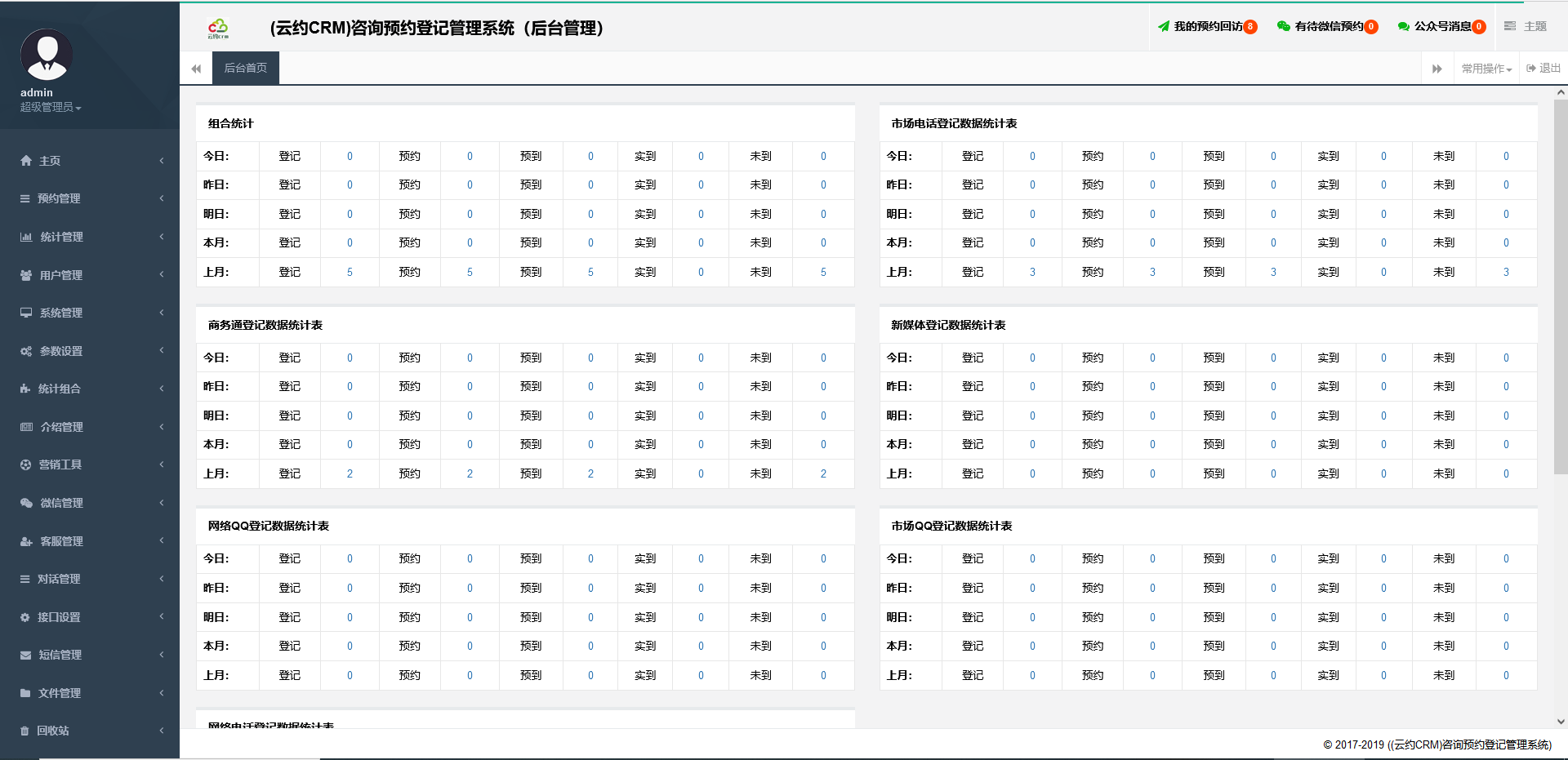 微信医疗(登记+咨询+回访)预约管理系统
微信医疗(登记+咨询+回访)预约管理系统 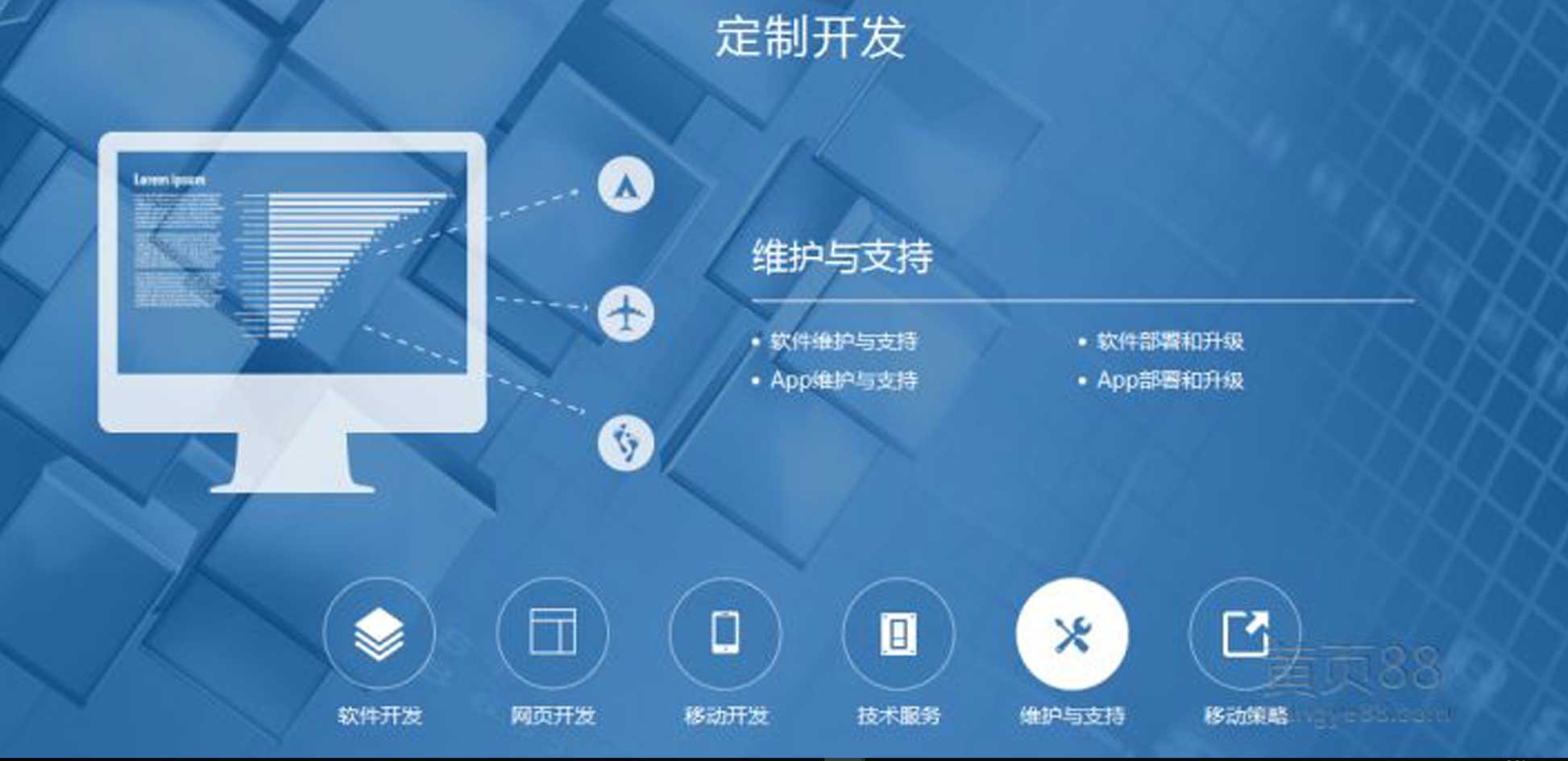 云约CRM微信小程序APP系统定制开发
云约CRM微信小程序APP系统定制开发 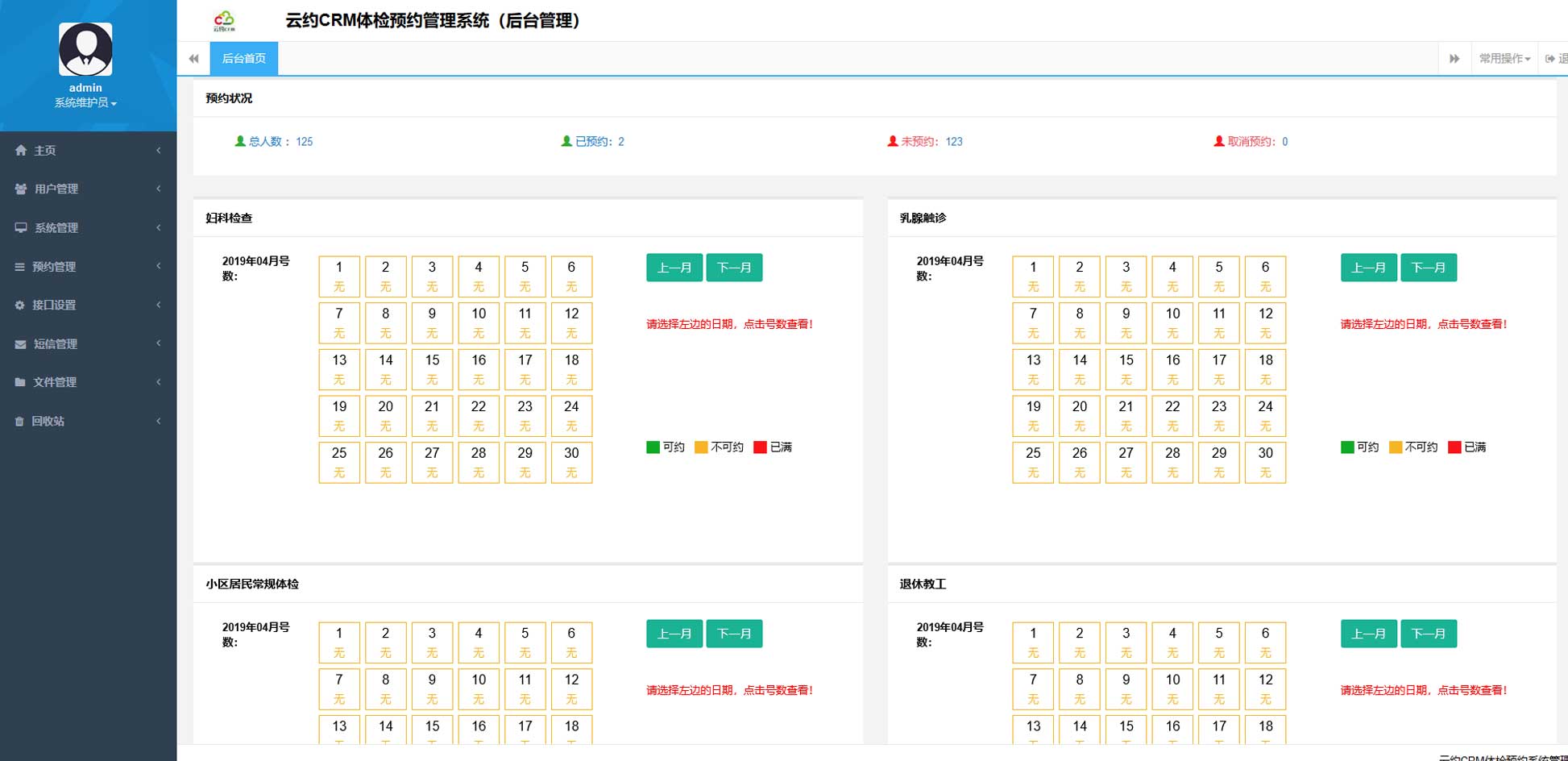 云约CRM体检自定义出号预约管理系统
云约CRM体检自定义出号预约管理系统 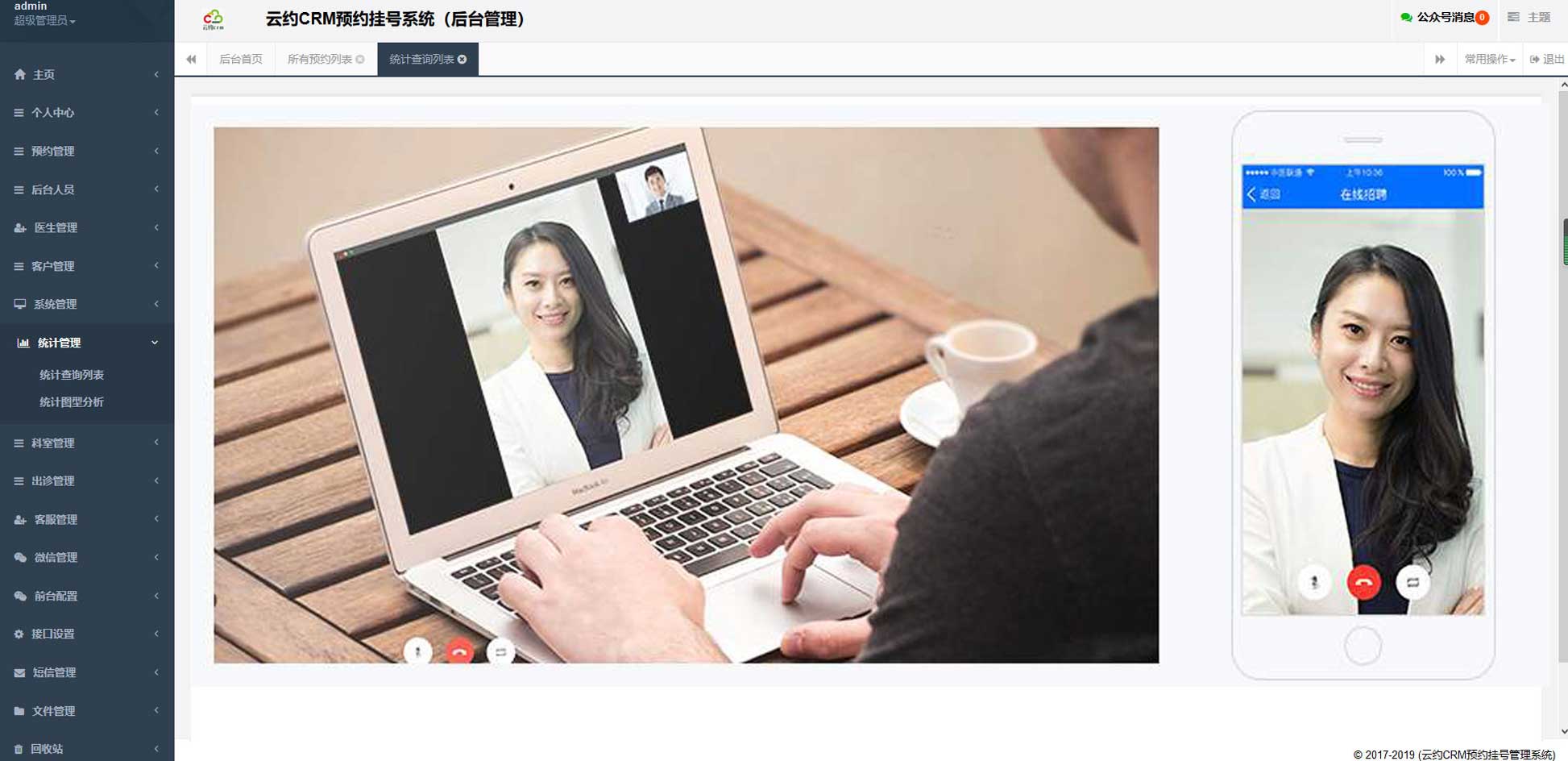 云约CRM云诊所系统,云门诊,医疗预约音视频在线问诊预约系统
云约CRM云诊所系统,云门诊,医疗预约音视频在线问诊预约系统 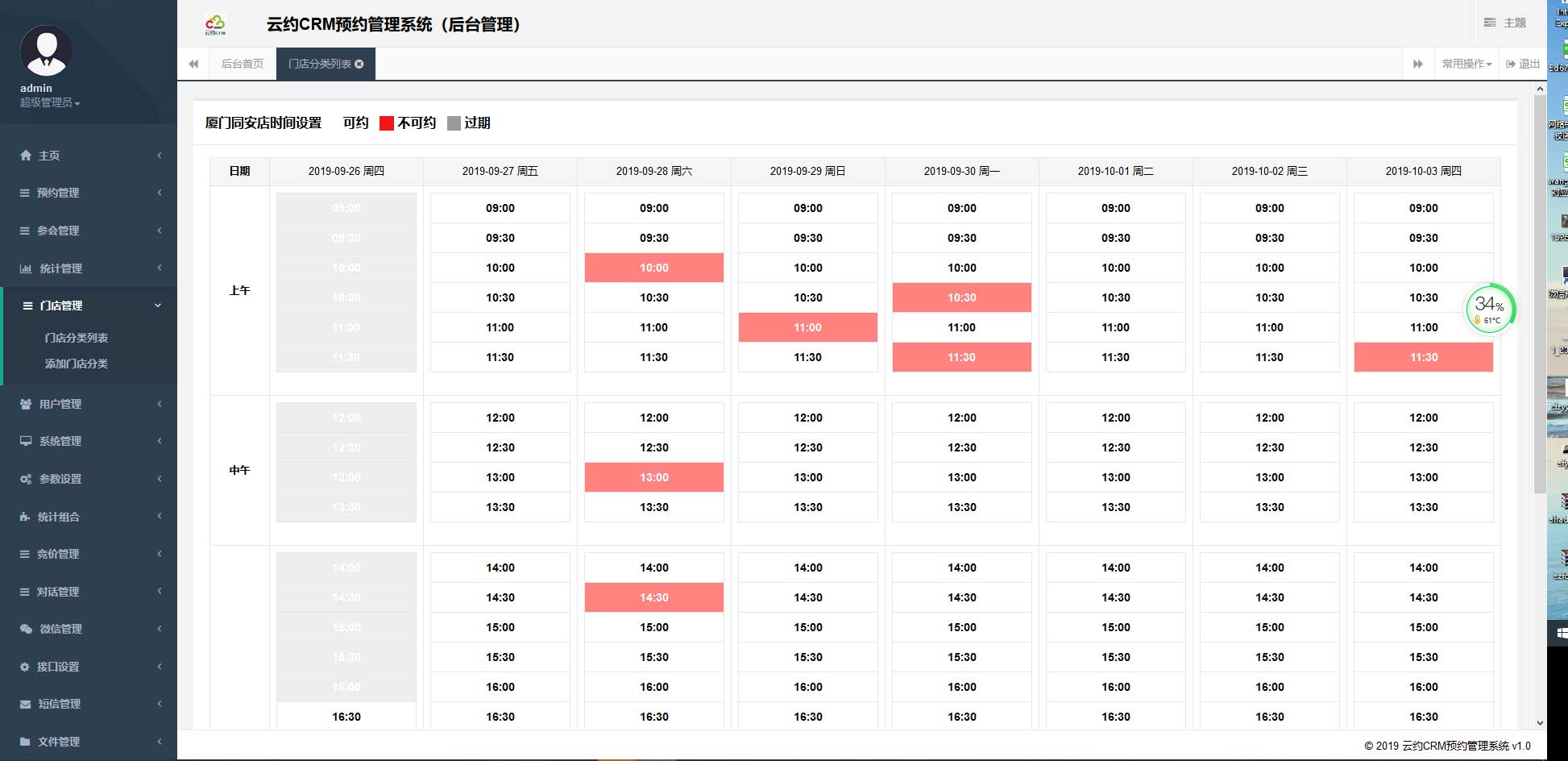 云约CRM新版美容微信预约系统门店版_门店预约管理系统
云约CRM新版美容微信预约系统门店版_门店预约管理系统 云约CRM最新ThinkPHP6通用行业的预约小程序(诊所挂号)系统
云约CRM最新ThinkPHP6通用行业的预约小程序(诊所挂号)系统联系电话:18300931024
在线QQ客服:616139763
官方微信:18300931024
官方邮箱: 616139763@qq.com